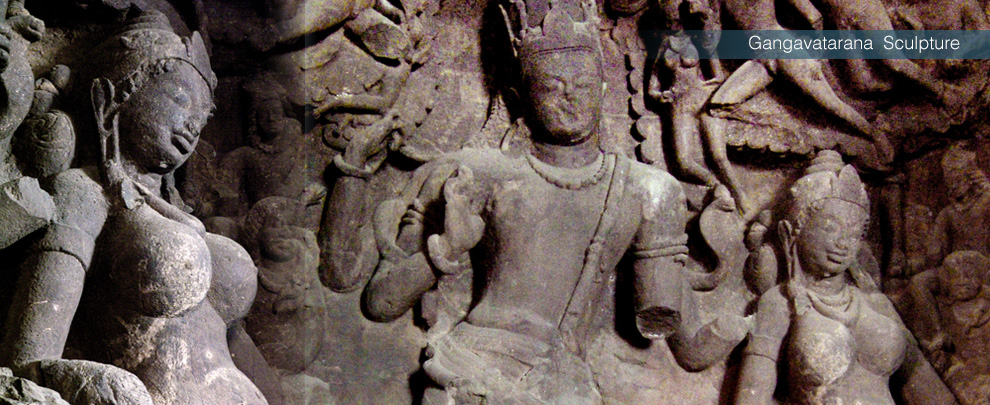
As you stand at Mumbai’s most well-known spot of tourist interest – the Gateway of India – the most overwhelming desire you will experience is to step into a boat and explore the Arabian Sea. But this need not just be a whim. It can serve a purpose too if you take the ride to visit the Elephanta Island which is just 10 kilometers from Mumbai. Not only is the island host to a bounty of nature in the form of lush plantations of palm, mango and tamarind trees but is also home to ancient cave temples that have been carved out of rock and which have been declared a World Heritage Site.
The Elephanta Island has a tiny population of just about 1,200 residents who are mainly engaged in growing rice, fishing, and repairing boats. But the historical legacy of the place is another story altogether. This island was once the capital of a powerful local kingdom and now has three small villages occupied by the ‘kolis’ (fishermen) and the farmers who have, despite the close proximity to the commercial capital of India, carried on with their traditional way of living. Interestingly, the island was so named after a more or less life-size sculpture of an elephant along with a sculpture of a horse was unearthed from here.
Of particular interest are two hills on the island, known as the Gun Hill and the Stupa Hill. The former derives its name from the presence of two canons of the British period placed on its top. These canons must have played a vital role in the defense of the Mumbai Fort. This is also the main hill on the island where a total of five Shaiva caves were excavated in mid-6th century CE. The Stupa Hill has the remains of a Buddhiststupa. It is completely covered with earth and referred to as the archeological mound of a brick stupa. These caves along with the unspoiled beauty of the place make for a perfect one-day excursion out of Mumbai. This site was included in the list of World Heritage Sites of India in 1987.
Exploring the Caves
At the Gun Hill, the main cave is a masterpiece of art and architecture. This is the largest and most impressive cave and reflects an affiliation to the esoteric Pashupata sect of the Shaiva system, the revival of which was supposed to have been done by Lakulisha, the great preacher. He is considered as an incarnation of Lord Shiva by the Pashupatas. They believed in Shiva as the supreme god and in the philosophy of ‘being one with him’ and implying ‘end of the sorrows’ as the ultimate goal of the life of any ascetic. The panels in the caves indicate five stages in the life of an ascetic i.e. the importance of a teacher, his grace, illusory existence of the world, oneness of ‘shiva-shakti’ and the ultimate form of Shiva.
For those interested in studying cave architecture, Cave 1 will come across as the most complex of three caves referred to as the east and west wings of the main cave. The main cave is the temple, probably for lay followers. There are two rooms at both the ends of the verandah in front of the Sadaashiva image, most probably for meditation and to perform esoteric practices. The side wings were probably the residential complexes and the private shrines for the ascetics. The east wing has a panel of seven mother goddesses, which is again a common feature of the Pashupata temples.
How to reach:
Small motor boats from the Gateway of India are available to reach Elephanta Island. The journey takes 40-45 minutes. The ferry service is closed during the monsoon season from June to August.
Image & Information copyright by maharashtratourism.gov.in


